Frank Morton, a seed farmer in Oregon is spearheading a lawsuit charging that the USDA approved Roundup Ready sugar beets without assessing potential environmental impacts, like genetic contamination and herbicide resistance.
Read full Article on Market Place
Seattle Times Article
This fight is directed toward Genetically Modified Organisms (GMO) sugar beets, and it can have a huge impact on Michigan’s sugar beet industry because most of the states sugar beet crop comes from GMO seed.
The problem is that plants like beets can spread their pollen in the wind. This means that a field of GMO sugar beets can combine with an organic or non-GMO field next to it and pass on the GMO traits. GMO sugar beets can also affect table beets and related crops like chard. Monsanto, who owns the patent on the GMO seeds, has sued farmers whose plants took on the GMO traits for patent infringement.
Morton contests, “If biotech traits show up in my seeds, then my seeds are worthless. If my traits show up in conventional or biotech seeds, it’s not a big deal to them, it does not destroy their value.”
Genetically engineered soy beans, and corn are also a concerns for organic farmers.
Zelig Golden, a lawyer with the Center for Food Safety, is moving the court to issue a permanent injunction to halt the sale and planting of GE sugar-beet seeds now and into the future, until the USDA does its job to protect consumers and farmers alike. This can take years to resolve.
The parties meet in court next month. In a similar case, a judge banned Roundup Ready alfalfa; Monsanto’s appealing that decision to the Supreme Court. If there’s a ban on sugar-beet planting nationwide, it’s doubtful there’s enough conventional seed in storage to lay in a crop next spring.
Thinking locally with food and living in Michigan, I was excited to have access to a ready supply of white beet sugar. This meant that I could still have my local cake and eat it too.
Unfortunately there was more to my local cake story. The GMO sugar beets was the elephant in the room I was willfully ignoring in order to justify my 5LB bag of Big Chief brand white sugar. I do not knowingly support and buy GMO foods, so my bag of local white sugar will have to go. I did a half hearted search for organic michigan sugar, but have yet to find any probably because it does not exist.
What is wrong with GMO foods? For one, the whole point of a GMO plant like sugar beets is to allow them to resist the effects of an herbicide. So you are buying food that is sprayed, and not organic. For two, the question of GMO food safety and environmental impact is still not out.
And if a GMO trait can spread to other plants like beets, who is to stay it will not spread to the same or other weeds that they are trying to prevent? We can be creating herbicide resistant super weeds making this whole study a complete waste of effort, and worse than before.
It is unfortunate that sugar beets farmers in Michigan may take a hit if planting comes to a halt because of the lawsuit. But why was a conclusive environmental impact study not done before farmers were allow to grow GMO sugar beets, and why was there no back up plan from the states agriculture extension services to stock pile seed in case these GMO plants were found unsafe? And what is the back up plan for corn and soy for that matter?
The fact that most sugar beets come from GMO seeds that have been modified to resist herbicides. This means that my bag of michigan sugar most likely comes from GMO seeds/plants. There is no way of knowing this for sure because there is currently no labeling laws for GMO produced foods. This is because the GMO industry fought against it, out of a rightful fear that consumers would avoid GMO labeled products. I, for one would like to know if the food that I am eating came from GMO ingredients.
The other end of this is that GMO sugar beets can potential pass traits on to the beets and chard in my home garden. If that happens will a company come after me or my fellow community gardeners with a patent infringement lawsuit? It seems naive to think that they can’t or won’t. Just because we home gardeners are not big farmers or may not live in a big agriculture economically dominated community does not mean that we are safe.













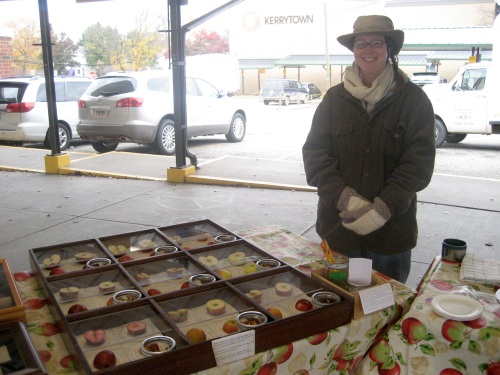
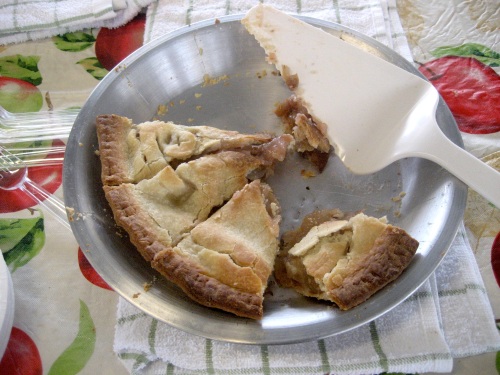
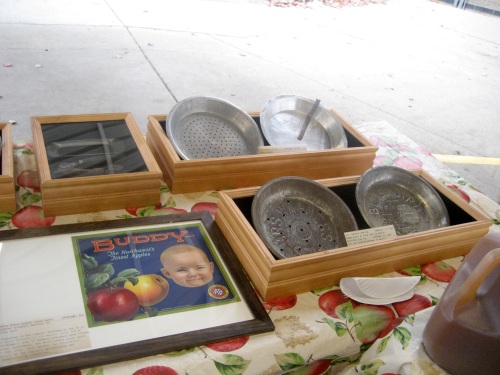
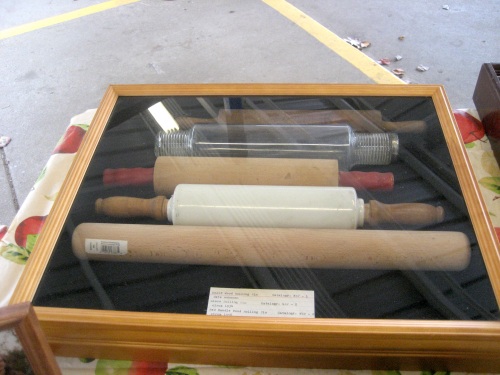
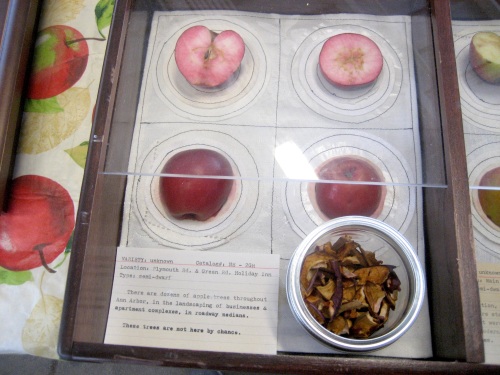










 A Canada grocery store breaks from its parent large chain namesake to support local food. Bound to purchase food dictated by the Sobey’s Chain, the owner could not provide locally sourced food despite growing consumer demand. On July 3, 2009, owner Dale Kropf broke from the Sobey’s chain in order to have more flexibility to provide locally sourced food.
A Canada grocery store breaks from its parent large chain namesake to support local food. Bound to purchase food dictated by the Sobey’s Chain, the owner could not provide locally sourced food despite growing consumer demand. On July 3, 2009, owner Dale Kropf broke from the Sobey’s chain in order to have more flexibility to provide locally sourced food. My usual go to grain is short grain brown rice. This is a leftover from my days when I ate a macrobiotic diet. Now that I am eating more locally, I am thinking about other grains. Barley is a grain that is grown here in Michigan, along with oats, corn and wheat. I have yet to find whole grain corn available for making pasole, but I figure it is out there.
My usual go to grain is short grain brown rice. This is a leftover from my days when I ate a macrobiotic diet. Now that I am eating more locally, I am thinking about other grains. Barley is a grain that is grown here in Michigan, along with oats, corn and wheat. I have yet to find whole grain corn available for making pasole, but I figure it is out there.



